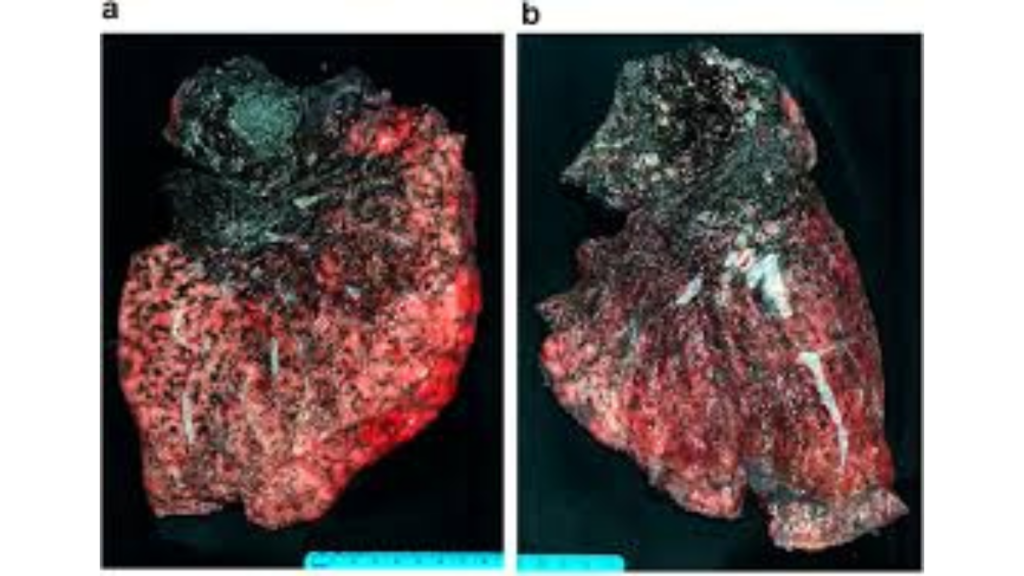Federal mine safety regulators have announced a long-delayed rule that could help reduce cases of black lung disease.
The Mine Safety and Health Administration proposes a new limit on coal miners’ exposure to silica dust.
The limit would be lowered to 50 micrograms per cubic meter per eight-hour shift, down from 100. That matches what’s already required in other industries by the Occupational Health and Safety Administration.
“The purpose of this proposed rule is simple: prevent more miners from suffering from debilitating and deadly occupational illnesses by reducing their exposure to silica dust,” said Chris Williamson, assistant secretary for Mine Safety and Health at the U.S. Department of Labor. “Silica overexposures have a real-life impact on a miner’s health.”
Studies in recent years have found that silica dust exposure is driving an increase in cases of severe black lung disease in younger miners.
In a statement Friday, Cecil Roberts, president of the United Mine Workers of America, said the change was long overdue.
“Workers in other industries have long been protected from excessive exposure to silica dust, but miners were not, even though they work in an environment where silica dust is encountered daily,” he said. “It was a travesty that the government had never taken steps to protect them. But now it finally has.”
The proposed rule also calls for exposure sampling and medical surveillance at no cost to miners.
The agency will take public comment on the proposed rule as well as hold hearings in Arlington, Virginia, and Denver on dates yet to be announced.




















